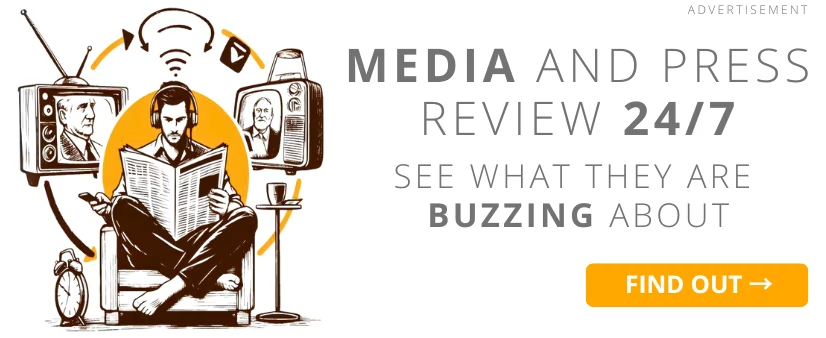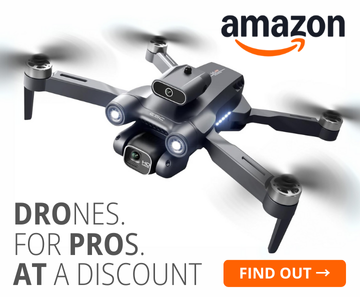 illustration: DALL-E
illustration: DALL-EFewer people use cable television. More choose streaming. And brands? They are chasing viewers who have left the couch for smartphones and apps. According to data cited in the report Building Addressability into the CTV Ecosystem by ID5, ad spend on Connected TV will grow from USD 1.85 billion in 2023 to USD 3.73 billion in 2028. Sounds promising right? But behind this boom lies a chaotic web of communication where every player speaks a different language.
Fragmentation over conversation
The CTV ecosystem resembles a bustling bazaar. Every vendor has their own megaphone but no one is listening. TV manufacturers (OEMs) like Samsung and LG not only build the hardware but also control the data. OTT platforms such as Roku Fire TV and Apple TV deliver the content but also decide which viewer identifiers are visible. Above it all are apps and ad tech providers each with their own measurement systems and unique IDs.
There is no universal communication standard. And that kills the potential for precise audience targeting. Davide Rosamilia from ID5, author of one of the report`s main conclusions, said it plainly. "Standards exist but only inside walled gardens. Outside them it`s chaos".
| Year | CTV ad spend (USD billion) | Source |
|---|---|---|
| 2023 | 1.85 | eMarketer |
| 2028 | 3.73 | eMarketer |
Fragmentation does not have to be the enemy. William Jones from Adform believes it can even fuel innovation if the industry learns to speak with one voice on data. Sven Hagemeier from The Trade Desk added that "diverse offerings are a strength not a weakness". Exactly. But who will tie it all together?
Communication that loses the thread
CTV advertising is a marketer’s dream. Reach context and login data. But without a common language that dream becomes a nightmare. Viewers see the same spot three times because the system cannot recognise them. "Without addressability you cannot control frequency or build relationships with the audience" warns Andrea Kwiatek from Goodway Group.
Three issues return like a chorus:
- fragmentation - every player owns a separate data set,
- lack of measurement and attribution - no one really knows what works,
- loss of signals - IP and other identifiers vanish under privacy rules.
As highlighted in the report Building Addressability into the CTV Ecosystem, the loss of access to identifiers is the greatest challenge for the entire market. Josh Jacobs from Samba TV adds that the future depends on the ability to link ad exposure on screen with user behaviour on phones or computers. Otherwise ad budgets will keep shifting to simpler channels.
Where to find a common language
The way forward? Universal identifiers and identity graphs. Domenic Venuto from Horizon Media called them "the Rosetta Stone" for CTV advertising. They make it possible to recognise a viewer across devices while protecting privacy. When all platforms use a single identity layer it becomes possible to measure results and avoid ad repetition. Julie Clark from TransUnion stressed that "advertisers want to talk to people not devices".
Such solutions pave the way for a new kind of communication - moment-based marketing, where the message reaches the viewer exactly when it makes sense. Emily Kistner from Captify explained that the industry is moving from demographics to context. "It’s not just who you are but what you are doing right now".
A new dialogue with the viewer
The fusion of CTV retail media data and user behaviour is the future of brand communication. Joanna Burton warns that it must be done wisely using safe clean rooms and platforms compliant with regulations. Fariba Zamaniyan from TiVo added that simplicity and transparency are key to viewer trust. No one wants to click through hundreds of vague consent forms.
As noted in the report Building Addressability into the CTV Ecosystem, the real revolution in television is no longer about technology. It is about whether the industry can speak one language. As long as every platform broadcasts on a different frequency CTV advertising will remain noise. But once we begin to hear each other the television could become the smartest communication channel ever created.
***
The report Building Addressability into the CTV Ecosystem was developed based on interviews with advertising industry experts market data analysis and case studies of global CTV platforms. The authors combined qualitative insights from industry leaders with quantitative advertising spend metrics to identify the key barriers and future directions of communication in CTV. The full report is available at https://id5.io/resources/building-addressability-into-the-ctv-ecosystem/
COMMERCIAL BREAK
New articles in section Marketing and PR
Dance in the media mirror. Between culture, business and viral fame
KFi
Over 78,000 media pieces, 1.6 billion potential views, and 197,500 social media mentions-dance in Poland is no longer niche. With a combined media value exceeding PLN 800 million, it now outperforms MMA, handball, and hockey.
PR in Poland. Ranking of the largest public relations agencies 2025
KFi
The smallest teams often generate the most publications, and agencies outside Warsaw are increasingly capturing media attention. This unexpected distribution of power is one of the key findings from the 2025 PR Agency Ranking in Poland, developed by Widoczni and IMM.
AI will take up to 70% of traffic from online stores. TrustMate Report
KFi
There is a quiet but radical change happening online. Traditional SEO, which for decades determined brand visibility, is losing its relevance. Now, it's no longer search engines that define a company’s online presence, but generative artificial intelligence.
See articles on a similar topic:
What to do when your child lies? Advice from a pedagogue
patronat Reporterzy.info
Does your little one invent outrageous stories, and you’re unsure how to react? Does your child tell friends that you’ve traveled the world and that your dog speaks with a human voice? A pedagogue explains how to handle such situations and avoid them in the future. The weekly Reporterzy.info is the media patron of the series.
When a Review Lies. The Growing Threat of Fake Opinions Online
KFi
Popularity of digital marketplaces rises, so does a less welcome trend: fake reviews. These manipulated opinions distort product rankings and mislead consumers, all while unfairly disadvantaging honest businesses. And despite regulatory efforts, the problem is far from solved.
Foreign online stores face distrust in Poland. See TrustMate Report
KFi
Poland’s e-commerce market is booming, yet foreign online stores still struggle to earn consumer trust. Why do Polish shoppers prefer local sellers? A new report uncovers the roots of this distrust and reveals what international brands must do to bridge the gap.
Artificial Intelligence, Real Results in Marketing. HubSpot Report
BARD
Although AI is a term that can sometimes evoke concerns, the "AI Trends Report 2024" compiled by analysts at HubSpot shows that for many, artificial intelligence is the future of marketing.





























